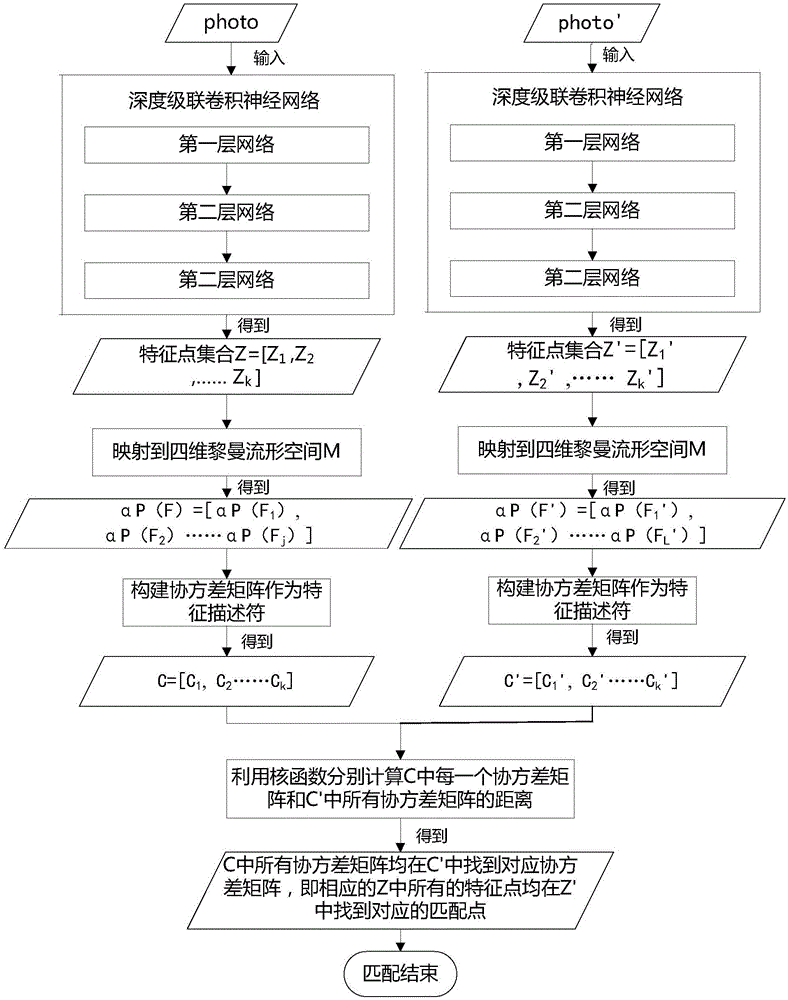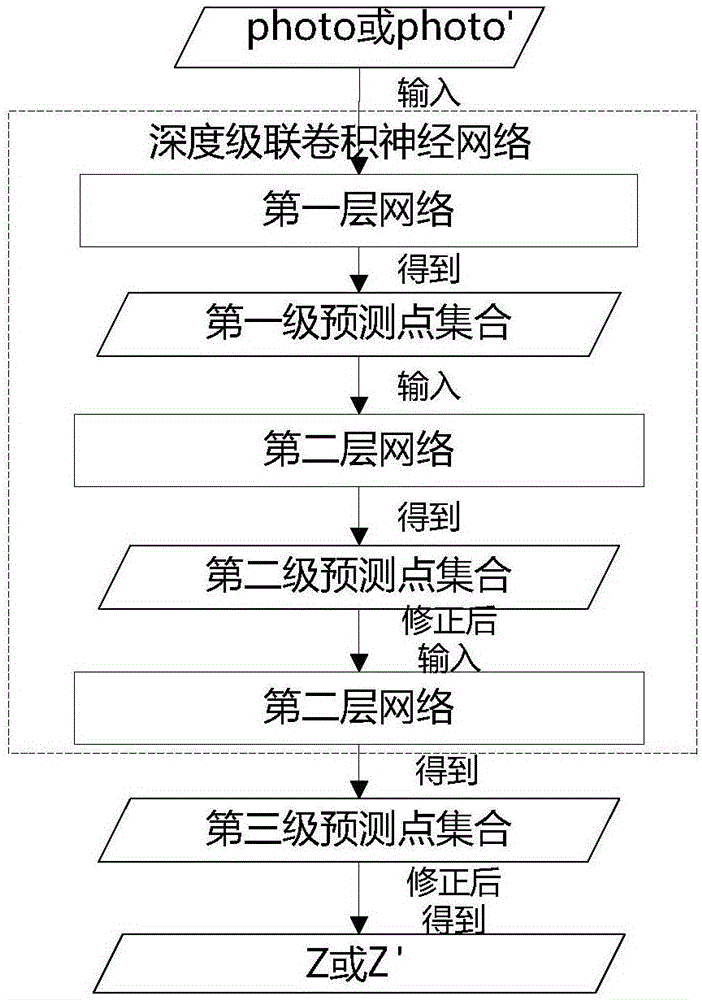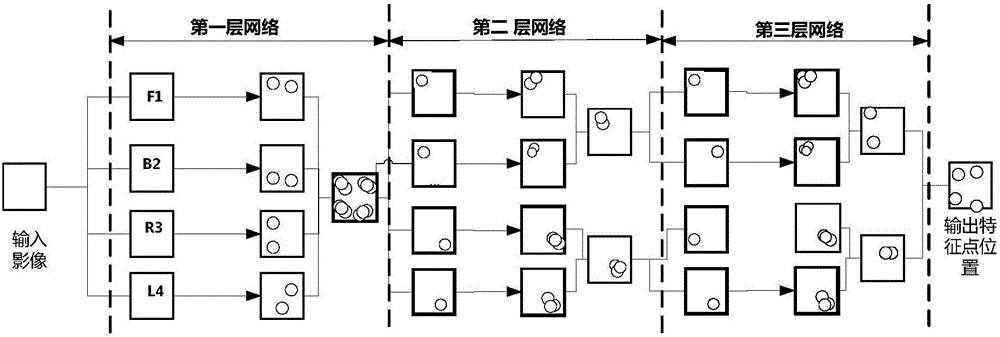Method and system for matching MR image feature points before and after nonlinear deformation of biological tissue
A feature point matching, biological tissue technology, applied in image enhancement, image analysis, image data processing and other directions, can solve the problem of failure to use image grayscale, texture, algorithm failure, and high complexity, to avoid feature extraction and data processing. The effect of reconstruction process, improving detection rate and reducing complexity
- Summary
- Abstract
- Description
- Claims
- Application Information
AI Technical Summary
Problems solved by technology
Method used
Image
Examples
Embodiment Construction
[0058] The principles and features of the present invention are described below in conjunction with the accompanying drawings, and the examples given are only used to explain the present invention, and are not intended to limit the scope of the present invention.
[0059] Such as figure 1 As shown, the MR image feature point matching method before and after the nonlinear deformation of the biological tissue includes the following steps:
[0060] Step S1: The original nuclear magnetic resonance image photo obtained before the nonlinear deformation of the heterogeneous biological tissue and the deformed nuclear magnetic resonance image photo' obtained after the deformation are respectively input into the deep cascaded convolutional neural network, and the deep cascaded convolutional neural network is used for photo and photo' performs feature point detection respectively, and obtains the feature point set of photo Z=[Z 1 ,Z 2 ,……Z k ] and the feature point set Z' of photo'=[Z...
PUM
 Login to View More
Login to View More Abstract
Description
Claims
Application Information
 Login to View More
Login to View More - R&D
- Intellectual Property
- Life Sciences
- Materials
- Tech Scout
- Unparalleled Data Quality
- Higher Quality Content
- 60% Fewer Hallucinations
Browse by: Latest US Patents, China's latest patents, Technical Efficacy Thesaurus, Application Domain, Technology Topic, Popular Technical Reports.
© 2025 PatSnap. All rights reserved.Legal|Privacy policy|Modern Slavery Act Transparency Statement|Sitemap|About US| Contact US: help@patsnap.com



